- TECHSWU
- Posts
- TECHSWU #36
TECHSWU #36
Welcome to TECHSWU, your go-to destination for all things tech that matter in your daily life! From gadgets to software, we cover it all with a focus on what's relevant and usable now. Tune in to our YouTube channel, daily newsletter, and podcast for the latest updates and insights on the tech you use every day. Stay connected with TECHSWU and stay ahead in the world of technology


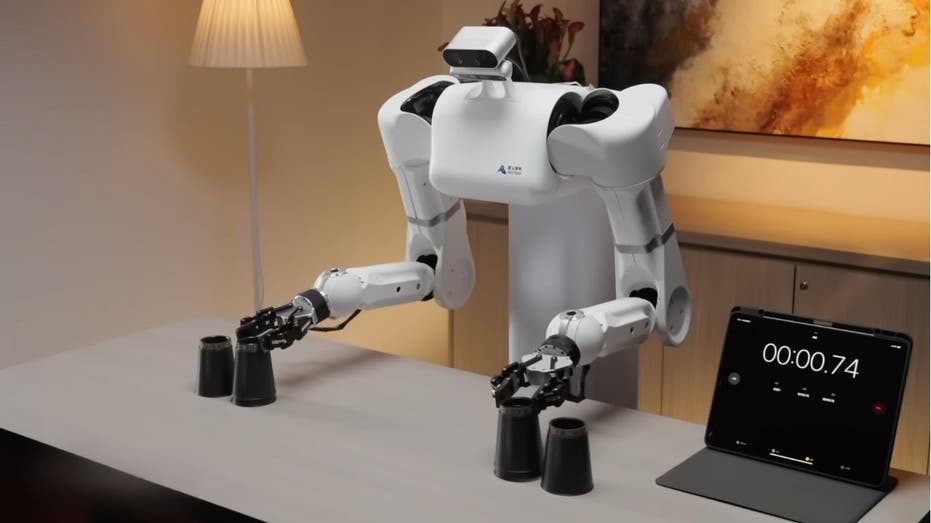
A Chinese company called Astribot has created a humanoid robot that can learn, think, and work like a human. The Astribot S1 can move at a speed of 33 feet per second and handle a payload of 22 pounds per arm. It can perform tasks with incredible precision, such as shaving a cucumber, engaging in calligraphy, opening and pouring wine, flipping a sandwich in a frying pan, and even ironing and folding laundry. What sets the Astribot S1 apart from other robots is its ability to mimic human movements. It is a learner and imitator, and its capabilities are record-setting. The robot, developed by the company Stardust Intelligence, is expected to hit the market later this year. As humanoid robots become more advanced, it raises questions about their potential impact on employment and job security. Only time will tell how Astribot's S1 robot will revolutionize the industry and outshine its competitors.
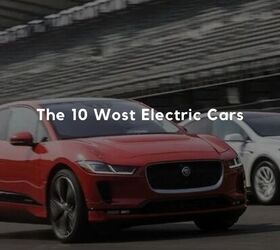

Electric vehicles (EVs) are praised for their efficiency and green benefits, but not all EVs live up to expectations. In this article, AutoGuide.com lists the 10 worst electric cars that have been on the market. Some highlights include:
• Mitsubishi i-MiEV: Limited range of 62 miles and lacked features for its price.
• Smart Fortwo Electric Drive: Criticized for its 58-mile range and cramped cabin.
• Fiat 500e: Modeled to comply with regulations, offered a modest range of 84 miles.
• Mercedes-Benz B-Class Electric: Limited 87-mile range and high price hindered market acceptance.
• Nissan Leaf (1st Generation): Faced battery degradation issues and reliability concerns.
• Chevrolet Spark EV: Offered an 82-mile range but limited by its availability and cramped rear seat.
• Ford Focus Electric: Modest range of 76 miles and compromised cargo space.
• Honda Fit EV: Limited release, lacked character and cargo space compared to its gas-powered version.
• BMW i3: Polarizing design, range of 81 miles without optional range extender.
• Chevrolet Bolt: Impressive range of over 200 miles, but known to catch on fire.
While EVs have many benefits, these cars highlight some of the challenges and limitations faced by early models.
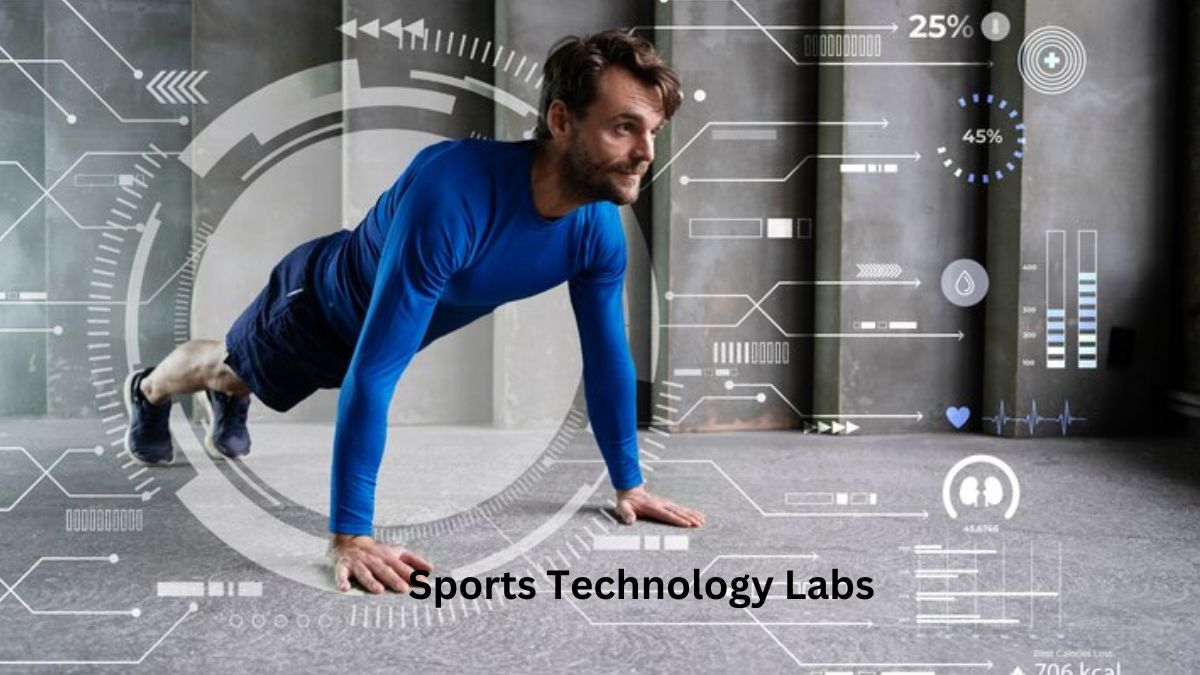
Sports Technology Labs are revolutionizing the field of athletics by utilizing wearable heart rate monitors and cutting-edge data analytics to enhance performance and improve training, competition, and recovery processes. Some highlights from the article include:
• The role of Sports Technology Labs in maximizing the potential of athletes, avoiding injuries, and offering thorough data analysis.
• Innovations in athlete performance such as wearable technology that tracks physical metrics like heart rate, sleep habits, and caloric expenditure.
• Biomechanics and motion analysis technology that enhances technique and form, as well as prevents injuries.
• The use of virtual reality and augmented reality in sports training to simulate real-world scenarios and enhance decision-making on the field.
• The importance of data analytics in customizing training programs, predicting injuries, and continuously monitoring performance.
• Rehabilitation technologies like cryotherapy, hydrotherapy, electrical muscle stimulation, and rehabilitation robotics that aid in injury recovery.
• The use of immersive viewing experiences, virtual and augmented reality broadcasts, and interactive fan platforms to enhance the fan experience.
• Ethical considerations in sports technology, including data privacy concerns, regulatory compliance, and fair play.
• The future of sports technology labs, including emerging technologies like artificial intelligence and machine learning, as well as collaborations and partnerships with universities and research institutions.

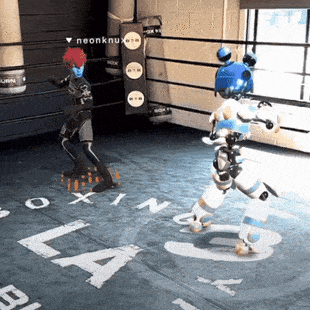
In the competitive world of job hunting, both job seekers and recruiters are turning to AI to gain an advantage. However, this battle of the bots is causing chaos in the hiring process. Some highlights from the article include:
• AI in recruitment has become increasingly common, with about 40% of large-scale employers using AI in HR-related activities like recruitment.
• AI is being used to write job descriptions, judge applicant skills, power recruiting chatbots, and rate candidate responses.
• Job seekers are also using AI to optimize resumes and apply to hundreds of jobs at once.
• The use of AI in recruitment is depersonalizing the process, inundating hiring managers, and reinforcing weaknesses in the system.
• Some recruiters are wary of incorporating AI into their workflow beyond auto-generating job descriptions and summarizing candidate calls.
• Candidates are finding AI to be a nightmare, increasing the amount of labor required and making the process even more alienating.
• There are concerns that AI can perpetuate biases and make unfair decisions in the hiring process.
• While AI can be a useful tool when used effectively, when used poorly, both candidates and recruiters suffer.


Technology is becoming increasingly important in the world of sports, as it is being used to analyze player performance, track training progress, and enhance the overall sporting experience. In India, where cricket dominates the sports scene, there is a growing interest in leveraging technology to improve other sports as well. The nation is dedicating resources to develop talent and infrastructure, with funding playing a crucial role in this process. Startups like Stupa Sports Analytics are raising funds to expand their offerings and enhance athlete training through innovative technology. However, affordability remains a challenge in implementing technology at the grassroots level, although progress is being made. With a passionate fan base and a growing tech industry, India has the potential to revolutionize the sports industry through technological advancements.

The unPhone is a compact educational gadget that serves as a platform for experimentation in the Internet of Things (IoT). It is not a phone, despite its phone-like shape, but it features an open-source design and firmware, an Espressif ESP32-S3 microcontroller, and a low-power long-range LoRa radio module. Some highlights from the article:
• The unPhone is powered by an Espressif ESP32-S3 microcontroller and features a 3.5" 320×480 color LCD touchscreen.
• It has a low-power long-range LoRa radio module that can reach up to 60 miles, as well as Wi-Fi and Bluetooth capabilities.
• The unPhone comes with an open-source textbook and courseware designed to teach the core concepts of the IoT.
• It has a plastic chassis, easily replaced battery, and a glossy screen that can be difficult to use in bright sunlight.
• The unPhone is available for purchase and can be used for various IoT projects and experimentation.
Overall, the unPhone offers a compact and versatile platform for hands-on learning and experimentation in the IoT space.

Researchers are using AI and technological advancements to create companion robots for individuals with Alzheimer's and dementia. These robots, such as the Golden Pup and Paro, offer companionship and can help alleviate loneliness, anxiety, and agitation commonly experienced by individuals with cognitive disorders. More sophisticated robots, like the one being developed by researchers at Indiana University Bloomington, leverage AI to engage in conversation and play games with patients. While there are concerns about privacy and ethical implications, robots have advantages over humans in caregiving, as they do not tire, become annoyed, or get stressed. There is a growing need for dementia care workers, and robots could help bridge the gap in providing social connection and enrichment to patients. Overall, if robots can provide even a small sense of joy and companionship to individuals with dementia, they can have a significant impact on their quality of life.

Google's recent unveiling of its "Music AI Sandbox" showcases the rapid integration of artificial intelligence (AI) into the art world. On Monday at 9 a.m., MPR News will explore the implications of AI for artists, musicians, actors, and writers. Listeners are encouraged to call in and share their opinions on how AI will impact the arts. Will AI open up new possibilities for artists, or will it take away their livelihoods? Guests on the show include Tim Brunelle, a freelance creative consultant and adjunct professor at the Minneapolis College of Art Design, and Kelly Groehler, the co-founder and CEO of Alice Riot, an art licensing and creative consulting agency in Minneapolis. Tune in to learn more about this fascinating and potentially transformative topic.

Twitter has reported its second quarter financial results, which beat Wall Street’s expectations, but disappointing user growth prompted a 12% drop in the company’s share price. Windows 10 reviews indicate that Microsoft’s new operating system is being well received ahead of its launch today. Amazon has revealed plans to create drone-only airspace to facilitate faster product deliveries. Two senior Twitter executives announced their departures as the company announced its financials. Yelp shares have taken a hit after the company lowered its full-year earnings outlook. Amazon is partnering with Y Combinator, Indiegogo, and Andreessen Horowitz to create a new marketplace for start-ups called Launchpad. Motorola has unveiled new variations of its premium smartphone, Moto X. Intel has developed a new type of storage chip, 1,000 times faster than flash memory, in partnership with Micron. Another senior Reddit employee has left the company.

Tinsel Arcade is a fashion brand that offers a curated selection of festival fashion and accessories that make a bold statement. Their range includes LED-infused denim vests, shimmering jackets, and eye-catching bags that blend street, formal, and post-modern aesthetics. Each garment is described as a wearable piece of art, with details like LED reflective overlays, metal studs, and graffiti-inspired prints. The brand's approach to fashion is all about self-expression, and their pieces are described as a "decadent armor against the mundane."
Some highlights from the article include:
• LED-infused clothing is merging technology with fashion for an unprecedented level of self-expression and visibility.
• Statement streetwear blends distinctive and bold designs to create everyday ensembles that stand out in any setting.
• Wearable tech is being integrated into fashion pieces, turning everyday apparel into multifunctional and aesthetically striking items.
• The fashion industry is increasingly embracing technology to create standout, innovative pieces that emphasize self-expression.
• Concert and festival goers are driving demand for unique, eye-catching attire, fostering a market for expressive and tech-infused clothing.
• Wearable technology is expanding beyond gadgets into fashion, blending aesthetic appeal with functionality to cater to modern consumers.

An expensive yet groundbreaking bed gadget called the Eight Sleep Pod 4 has been launched in Australia. The smart mattress cover promises to revolutionize the way people sleep and share a bed. It has been endorsed by famous figures such as Elon Musk and Mark Zuckerberg. The Pod 4 uses state-of-the-art sensors and can regulate the bed's temperature, prevent snoring, assess sleep quality, and wake users up with temperature changes and vibrations. It is also clinically proven to provide up to one extra hour of sleep per night. The Pod 4 can be personalized to individuals' sleep preferences and also tracks sleep and health data via an accompanying app. The Eight Sleep Pod 4 improves sleep quality by up to 32% and reduces snoring by up to 45%. The price starts at $3,849, but it could be a worthwhile investment compared to the potential costs of divorce.
What if we could create devices that could listen to our thoughts and translate them into words? Well, that may soon become a reality thanks to a new breakthrough in brain-computer interfaces. Researchers at the University of California, San Francisco have developed a system that can accurately decode brain activity into speech. By recording the brain signals of study participants while they spoke aloud, the team was able to train a computer algorithm to identify the patterns associated with specific speech sounds. The algorithm was then able to generate text based on the decoded brain signals. The system currently has a limited vocabulary of 50 words, but the researchers hope to expand it in the future. While more work needs to be done, this advancement in brain-computer interfaces opens up exciting possibilities for individuals who have lost the ability to speak and could potentially revolutionize communication for everyone.
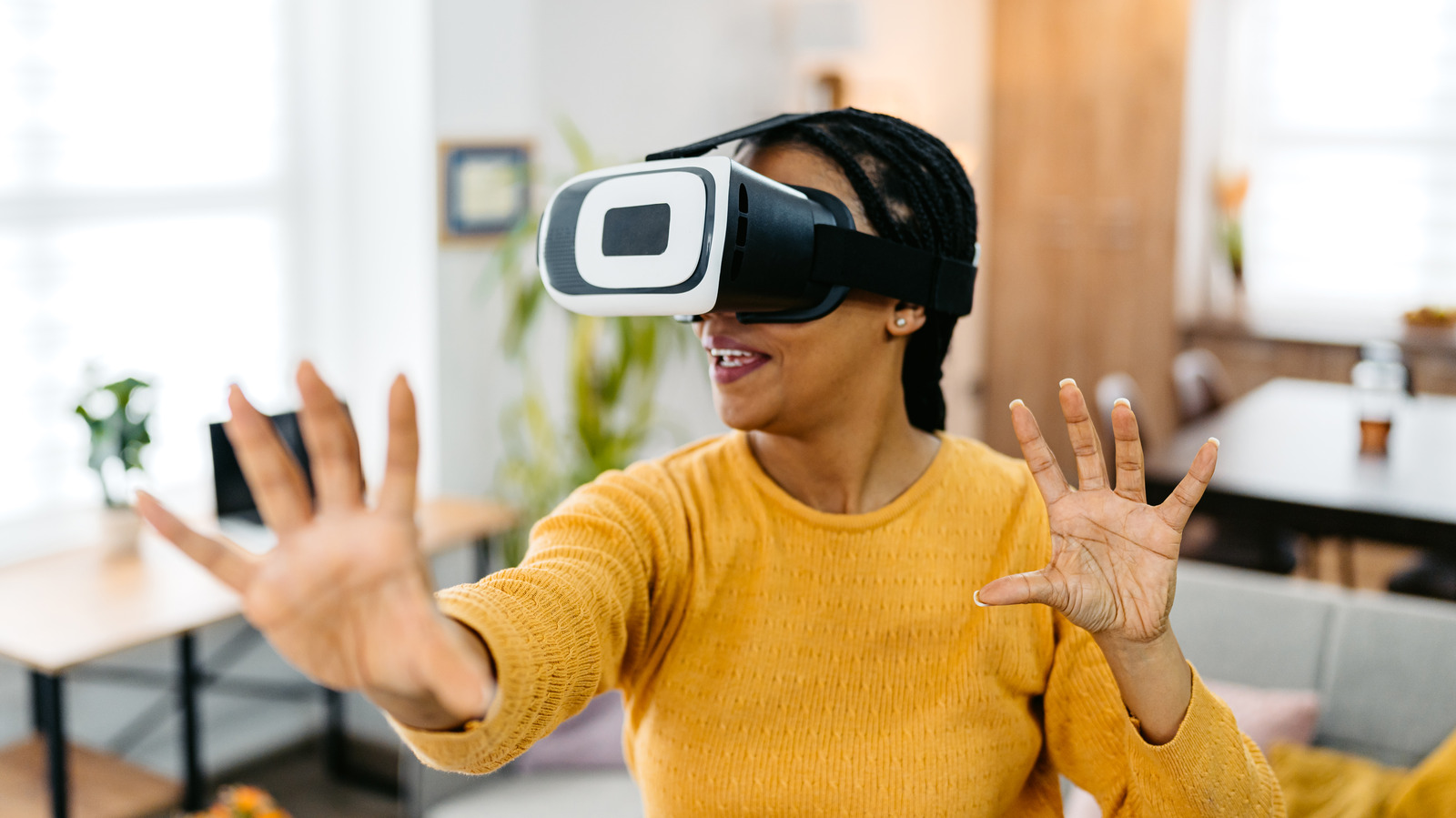
The article highlights 10 record-breaking high-tech gadgets that you might have in your home. These gadgets, which were cutting-edge at the time of their release, have made significant advancements in their respective industries. Some of the gadgets mentioned in the article include:
• PlayStation 2: The best-selling game console of all time, known for its full 3D models for levels and characters.
• iPhone 6: The fastest-selling smartphone, with combined sales of 10 million units in just one weekend.
• Nokia 1100: The best-selling phone in the world, appealing to countries with less advanced technology.
• Google Glass: The first glasses-based smart tech, paving the way for future smart glasses from other companies.
• FOVE VR headset: The first eye-tracking VR headset, offering a greater level of interactivity in virtual worlds.
• LG Optimus 2X: The first smartphone with a dual-core processor, improving loading times and framerates in games.
• Nintendo 3DS: The first AR-capable handheld gaming device, introducing augmented reality to the public.
• iPod Shuffle: The smallest MP3 player to date, known for its basic functionality and thin shape.
• LG GD910: The first video phone watch, allowing users to make video calls from a watch on their wrist.
• Kyocera Echo: The first dual-screen mobile phone, with touch compatibility on both screens and the ability to use two apps at once.
These gadgets have made significant contributions to their respective industries, setting records and paving the way for future advancements. Whether you own one of these gadgets or not, they have certainly left their mark on the world of technology.

The future of augmented reality (AR) and spatial computing lies in the beauty and fashion industry, not in games and movies. While companies have been trying to make VR mainstream for years, it is the desire for beauty, looks, and fashion that is driving the conversation today. The multi-trillion-dollar global beauty and fashion space is set to lead the way in AR adoption due to the universal desire to look and feel good.
The core premise of AR beauty is to virtually overlay any makeup look, hairstyle, outfit, or accessory onto your face and body with hyper-realistic precision. This allows consumers to experiment endlessly without any mess, effort, or commitment.
Implementing AI and AR technologies is key to overcoming the technological challenges involved in AR beauty. AI can be used to realistically render different makeup colors and textures, scan faces to detect skin conditions and recommend skincare products, and track hand motions for virtual try-ons of products like jewelry and nail polish.
Recent advancements in AI, such as generative adversarial networks (GANs) and facial semantic segmentation, are making hyper-realistic and personalized AR experiences a reality. AI could soon provide users with personalized beauty recommendations and co-create cosmetic products.
If technical barriers are overcome, AR has the potential to transform how we discover, purchase, and use beauty products. The beauty and fashion industry has the resources and motivation to drive AR innovation and adoption, and it could reshape the consumer experience and make self-expression more accessible than ever before.
